5 ways gardens have changed since the 1970s – did you grow up with gardens like these?
It's not just the fashions that have altered

Celebrating a big birthday always creates a good excuse to go back and reminisce. So as B&Q turns 50, the DIY giant has taken the opportunity to reflect on how life has changed over the last five decades – paying particular attention to our gardens.
Garden news: There's a whole garden dedicated to gin at the Chelsea Flower Show — cheers to that!
It's identified 5 ways gardens have changed since the 1970s, from what we plant to how we use our outdoor space. How many do you agree with?
1. Gardens aren't just for gardeners
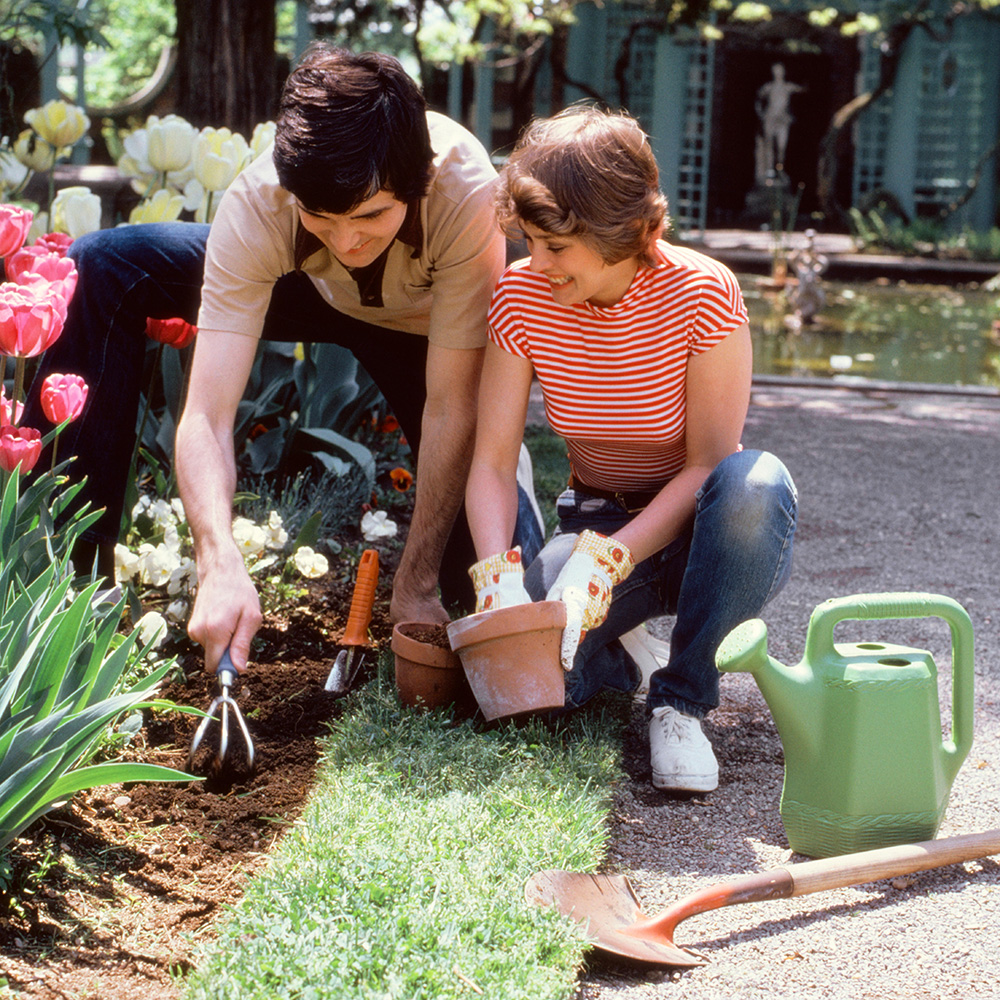
Back in the day, gardening was taken VERY seriously – you wouldn't see a petal out of place or a blade of grass untrimmed. So if you couldn't keep up with the Joneses, it was very much a case of 'why bother at all?' Thankfully, nowadays gardening is a more relaxed affair, and our focus is not just to produce a pristine plot.
'There’s a real awareness now of the impact gardens have on the wildlife that live in and around our outdoor spaces,' says Tim Clapp, Head of Range for Horticulture and Garden Care. 'As result, we’re seeing gardens become more harmonious with nature, as gardeners nurture wildlife by providing places to shelter, forage and feed. The aesthetics of a garden isn’t so much of a priority now as it was in the 1960s, in fact a bit of untidiness is even acceptable in helping to encourage wildlife in.'
'Being in your own garden and seeing such amazing wildlife just metres from your home can bring real enjoyment as well as a sense of having done something good for the environment.'
2. Our planting is less regimented
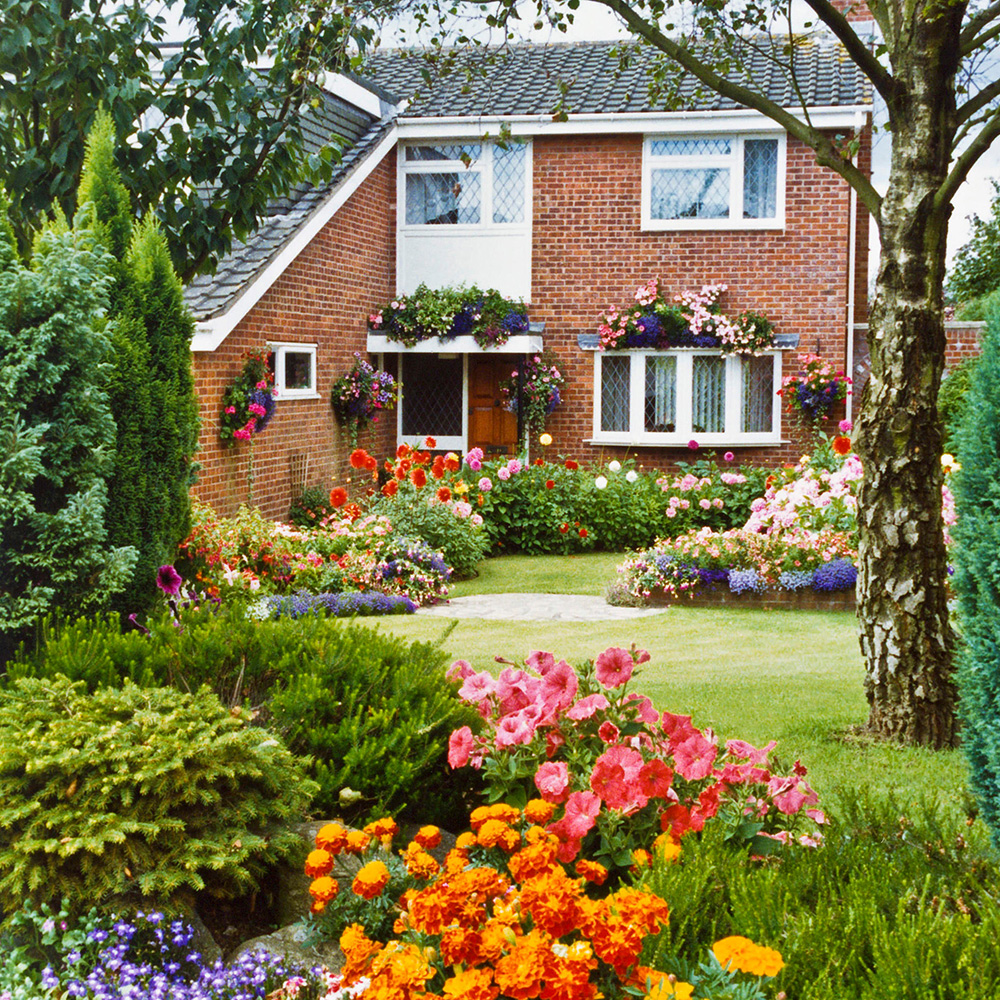
Back in the 1970s and 1980s, you half expected gardens to come with a 'keep off the grass' sign. There was very much a place for everything and everything in its place. A vegetable plot in one corner. A square of lawn hemmed of with immaculate borders – roses here, dahlias there, lavender next to the footpath.
Get the Ideal Home Newsletter
Sign up to our newsletter for style and decor inspiration, house makeovers, project advice and more.
'One of the biggest changes in gardens has been the transformation from regimented formal schemes, into more relaxed spaces for entertaining family and friends or having a moment of calm,' agrees Tim. 'You may have sat out in a deckchair on a nice day but it wasn’t somewhere you’d spend a lot of time relaxing.'
50 years later and our gardens are far more relaxed, with features like wild flower meadows usurping more exact planting. 'Now gardens are so much more integrated, there’s a real merging of plant life, hardy plants with shrubs, vegetables with flowers,' says Tim. 'Everything’s brought together in a way that is more relaxed and more in keeping with nature, and working with your garden’s natural scheme.'
Related: Brilliant budget garden ideas that will boost your outdoor space without breaking the bank!
3. But we are more into zoning
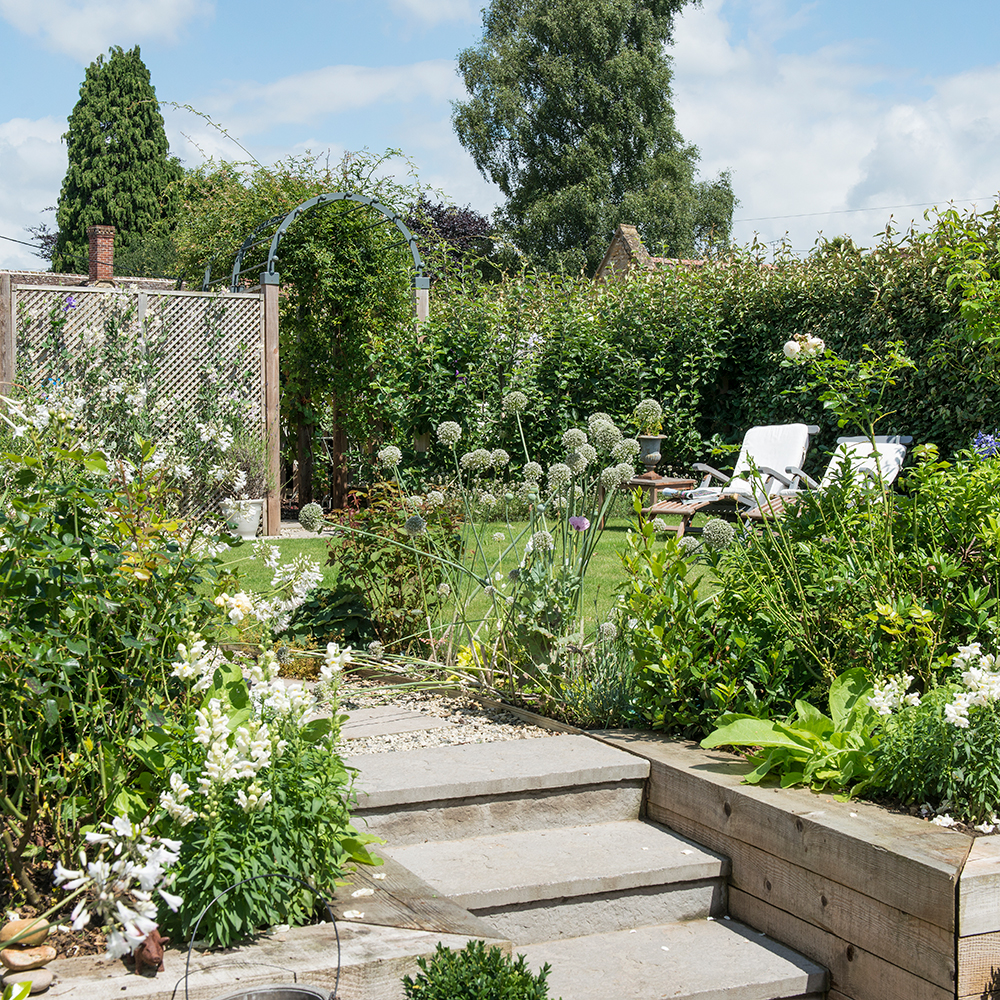
As our gardens become multipurpose spaces, we've got better at zoning them for separate tasks, such as cooking, relaxing and play. We might do this using fencing, staggered levels and different flooring – such as turf, paving and decking. Screening can be brought in to hide more unsightly features at the back of a garden – the kids' trampoline or a compost heap are two prime examples.
4. Plants are easier to grow – and harder to kill
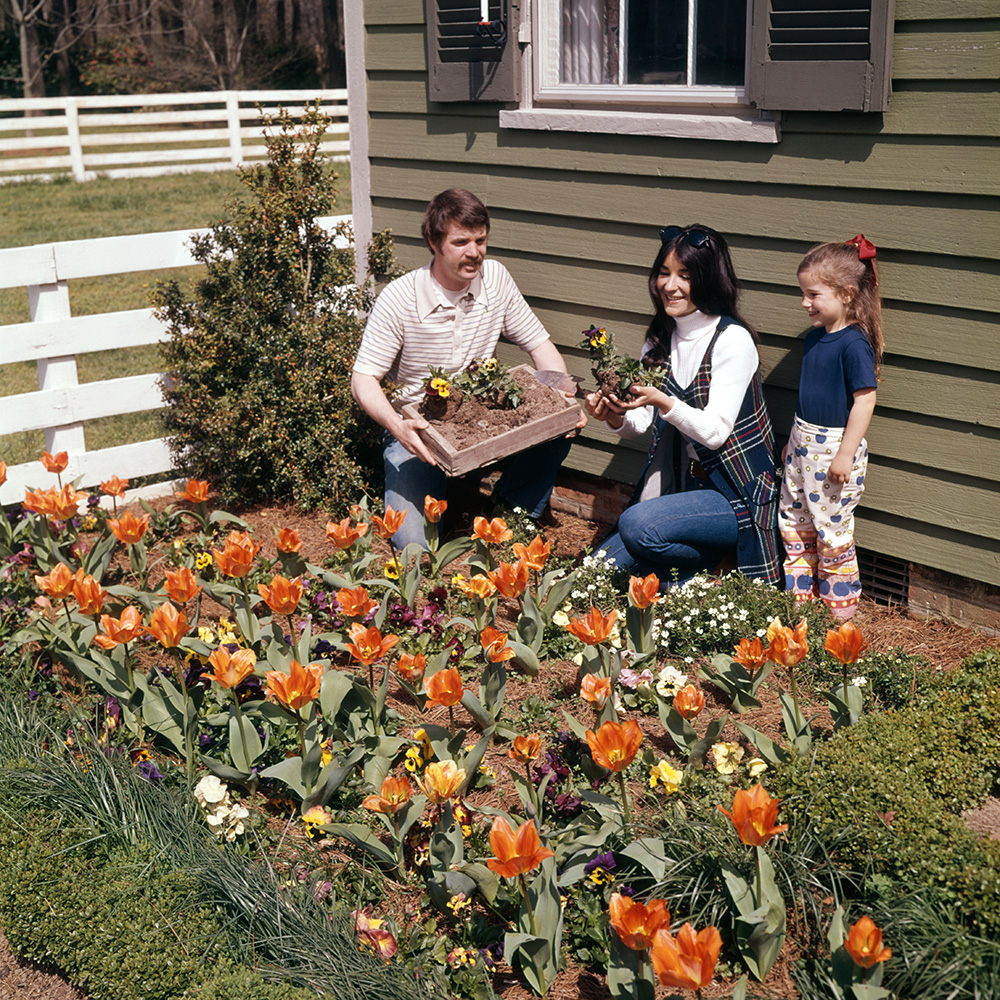
Perhaps the biggest transformation in terms of making gardening easier is the improved quality of plants and flowers. Meaning you don't have to be some sort of gardening magician to keep things alive. 'Thanks to new technology, flowers and plants now last for longer, are better quality and more resilient,' says Tim.
'Roses in the 1970s were notoriously difficult to grow, often diseased and damaged easily. Now, thanks to improved breeding, they’re so much easier to plant and look after,' adds Tim. 'Last year, B&Q worked with breeders to bring back busy lizzies which had disappeared in 2012 after a widespread “Impatiens Downy Mildew” disease hit the UK and Europe.'
5. Gardens are an extension of our living rooms
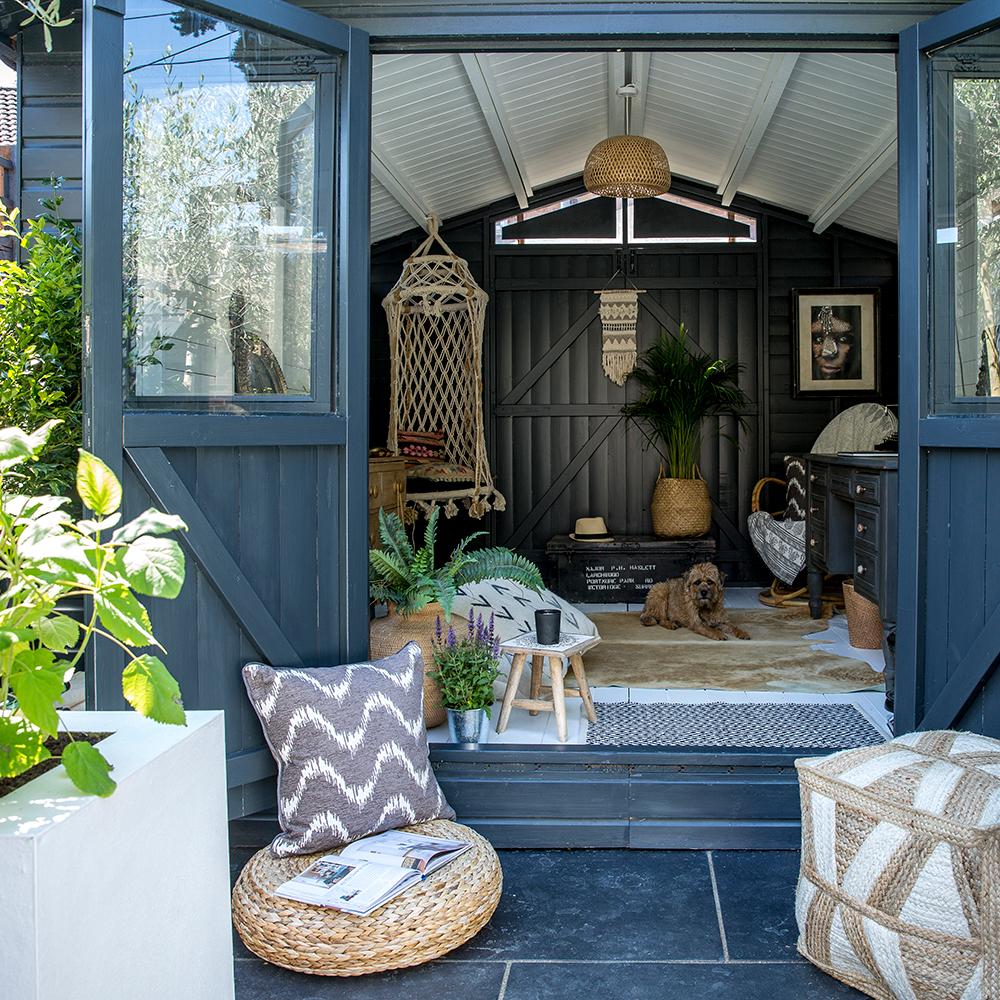
In the 1970s, a shed that was most definitely for storing tools – and nothing else. As for garden furniture, you probably relied on deck chairs, a white plastic dining suite or a creaky swing set. And that was about it. Save for a washing line that was occasionally switched out for a game of swing ball!
See this garden makeover... Before and after: enjoy this gorgeous garden makeover with fab she shed!
Move forward 50 years and many gardens now function as proper outdoor rooms, with everything from a corner sofa and outdoor rug to a kitchen. The humble garden shed has been elevated to a 'she shed' or 'man cave', used as an office, a hobby room or even a mini pub. And because garden heating and lighting have moved on, we can now stay outdoors later into the evening, and also longer into the year.

Amy Cutmore is an experienced interiors editor and writer, who has worked on titles including Ideal Home, Homes & Gardens, LivingEtc, Real Homes, GardeningEtc, Top Ten Reviews and Country Life. And she's a winner of the PPA's Digital Content Leader of the Year. A homes journalist for two decades, she has a strong background in technology and appliances, and has a small portfolio of rental properties, so can offer advice to renters and rentees, alike.
-
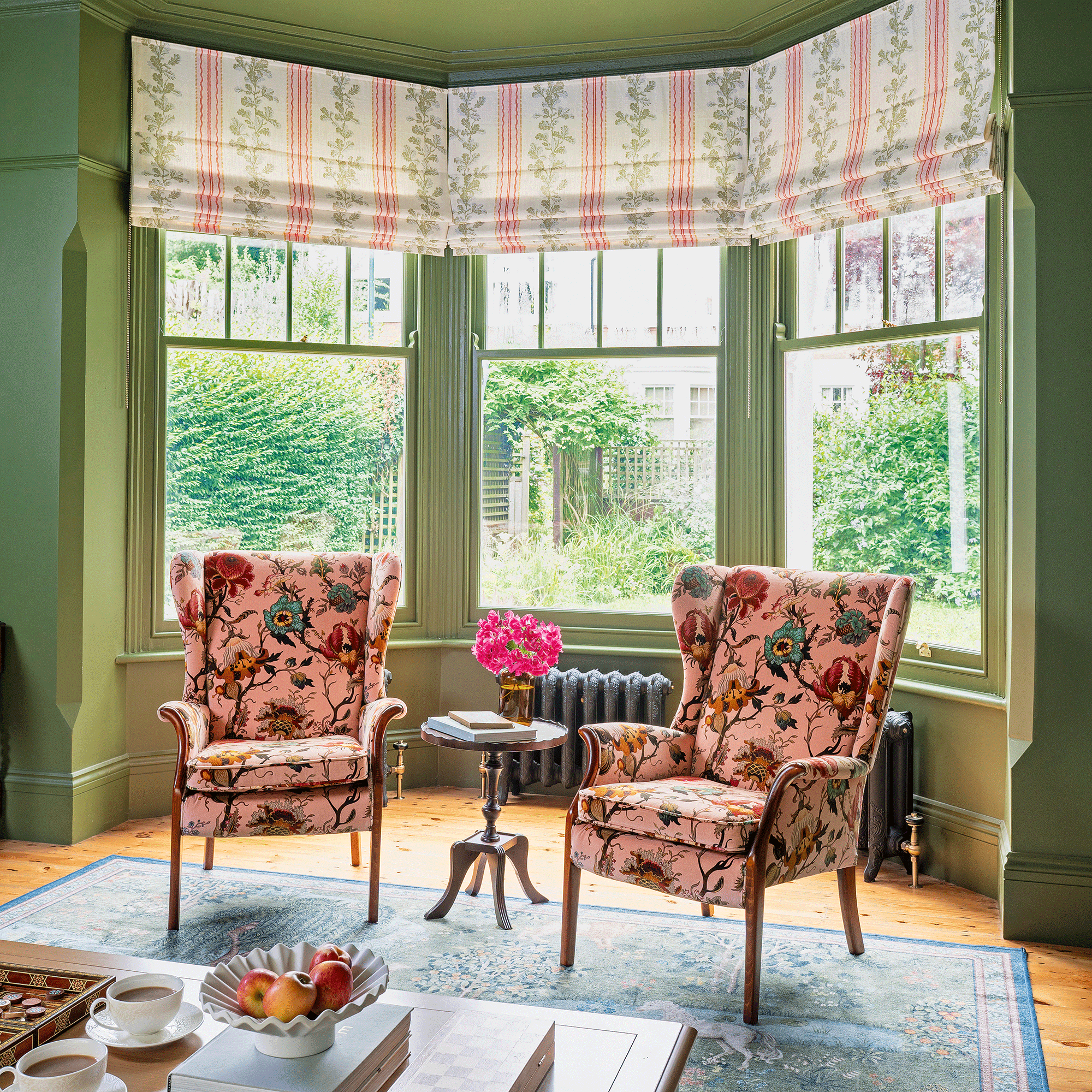 A strict colour palette and vintage finds have turned this semi-detached Edwardian house into an elegant family home
A strict colour palette and vintage finds have turned this semi-detached Edwardian house into an elegant family homeSticking to a three-colour palette of green, pink and yellow and mixing in plenty of vintage furniture and art has created an authentic period feel
By Stephanie Smith
-
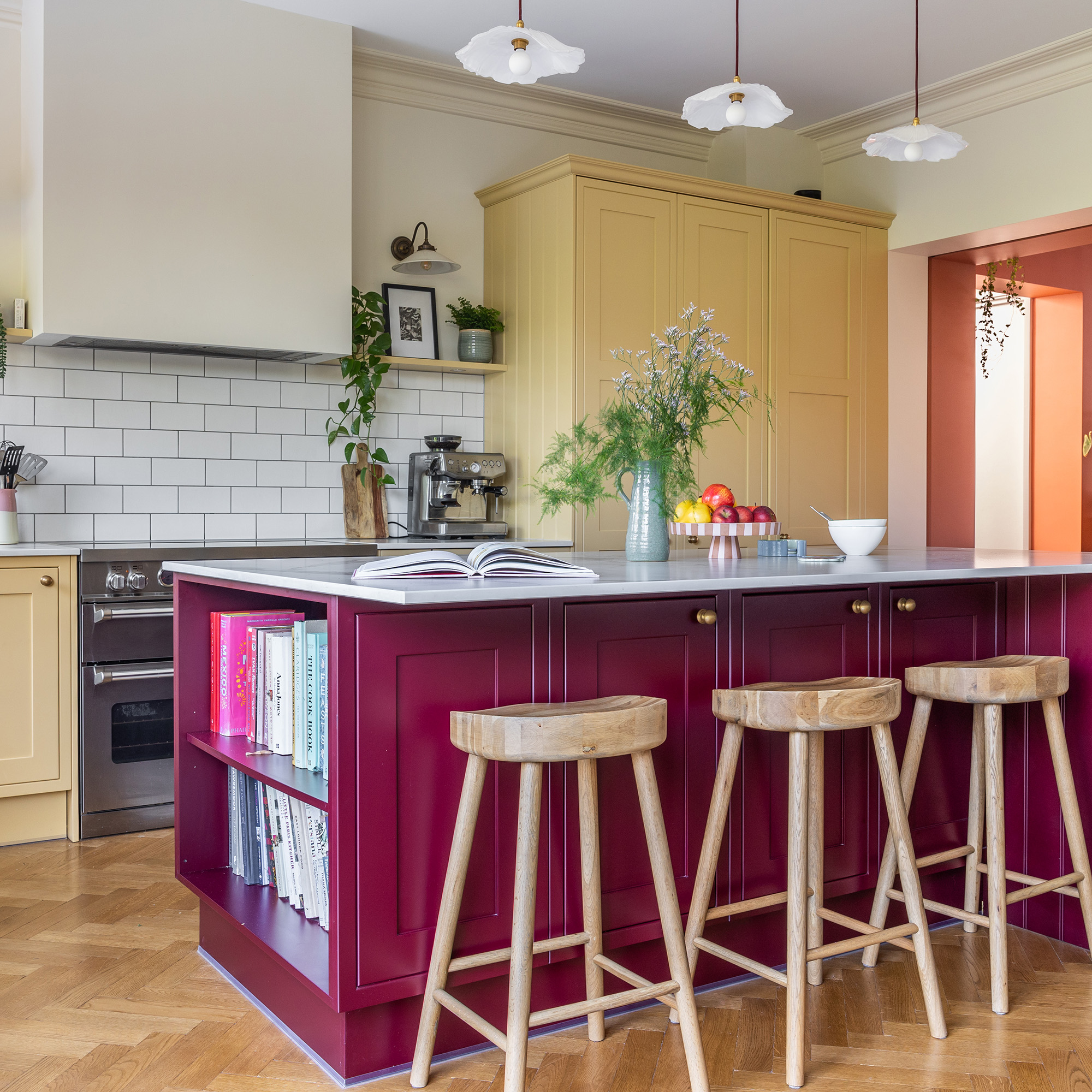 A top-to-bottom renovation has turned this Edwardian house into a lovely family home
A top-to-bottom renovation has turned this Edwardian house into a lovely family homeWith a few considered structural changes, this period house has been turned into a family home and has created a sanctuary for years to come
By Maxine Brady
-
 How to heat a conservatory
How to heat a conservatory7 practical options to consider for year-round comfort
By Amy Reeves